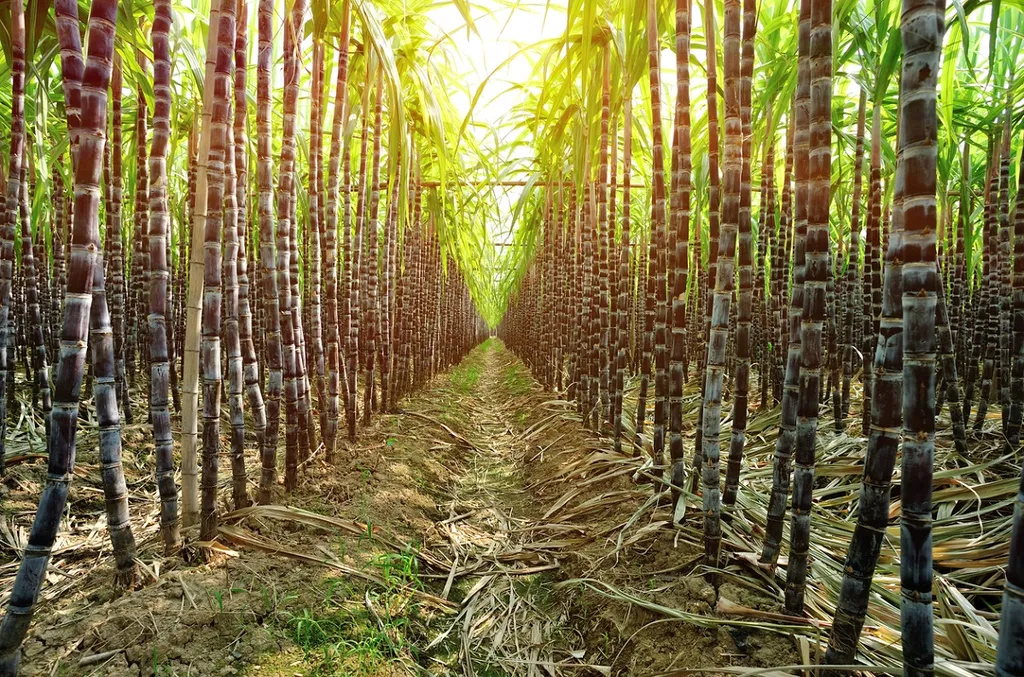In the heart of Southeast Asia, a treasure trove of genetic diversity is being unlocked, one chloroplast at a time. This isn’t just about plants; it’s about the future of food, energy, and our response to climate change. A recent study led by Sicheng Li from the State Key Laboratory of Conservation and Utilization of Subtropical Agro‐Bioresources at Guangxi University in China has shed new light on the genetic diversity of wild sugarcane, Saccharum spontaneum, with implications that resonate far beyond the fields.
Sugarcane, a staple crop and a vital source of bioenergy, faces increasing threats from climate change. To secure its future, researchers are delving into the genetic resources of its wild relatives. Li and his team have turned their attention to the chloroplast genome, a often overlooked but crucial piece of the puzzle. “The chloroplast genome is generally conserved, but it’s a goldmine for understanding plant population genetics and evolution,” Li explains. “Its maternal inheritance and homoplastic nature make it a powerful tool for studying diversity and phylogeny.”
The team analyzed 224 accessions of S. spontaneum, primarily from China, constructing a comprehensive pan-plastome to assess genetic structure, haplotype diversity, and chloroplast genome characteristics. What they found was a high level of diversity, regardless of geographic location, with 323 variations identified, most in non-coding regions. Notably, variations in the coding regions of ndhF and psbD were also observed, hinting at potential functional significance.
The phylogenetic and structure analyses revealed five distinct genetic groups, with 126 haplotypes supporting the observed patterns of diversity. This substantial genetic differentiation within S. spontaneum underscores the role of chloroplast variation in plant diversity and offers a basis for developing molecular markers to support breeding and biodiversity efforts under climate change pressures.
So, why does this matter for the energy sector? Sugarcane is a C4 plant, offering advantages under high-temperature and drought conditions. As climate change intensifies, crops like sugarcane will become increasingly important for bioenergy production. Understanding and conserving the genetic diversity of wild sugarcane can enhance breeding programs, promoting climate resilience and sustainable agricultural development.
“This study provides critical insights for conserving wild sugarcane germplasm,” Li notes. “It offers valuable resources for breeding strategies that promote climate resilience and sustainable agricultural development.” The findings, published in ‘Plants, People, Planet’ (translated to ‘Plants, People, World’), pave the way for future developments in the field, shaping the future of food and energy in a changing climate.
As we face the challenges of a warming world, studies like this remind us of the power of genetic diversity. In the chloroplast genomes of wild sugarcane, we find not just a window into the past, but a roadmap for the future. The energy sector, take note: the keys to climate resilience may well lie in the humble sugarcane fields of Southeast Asia.

